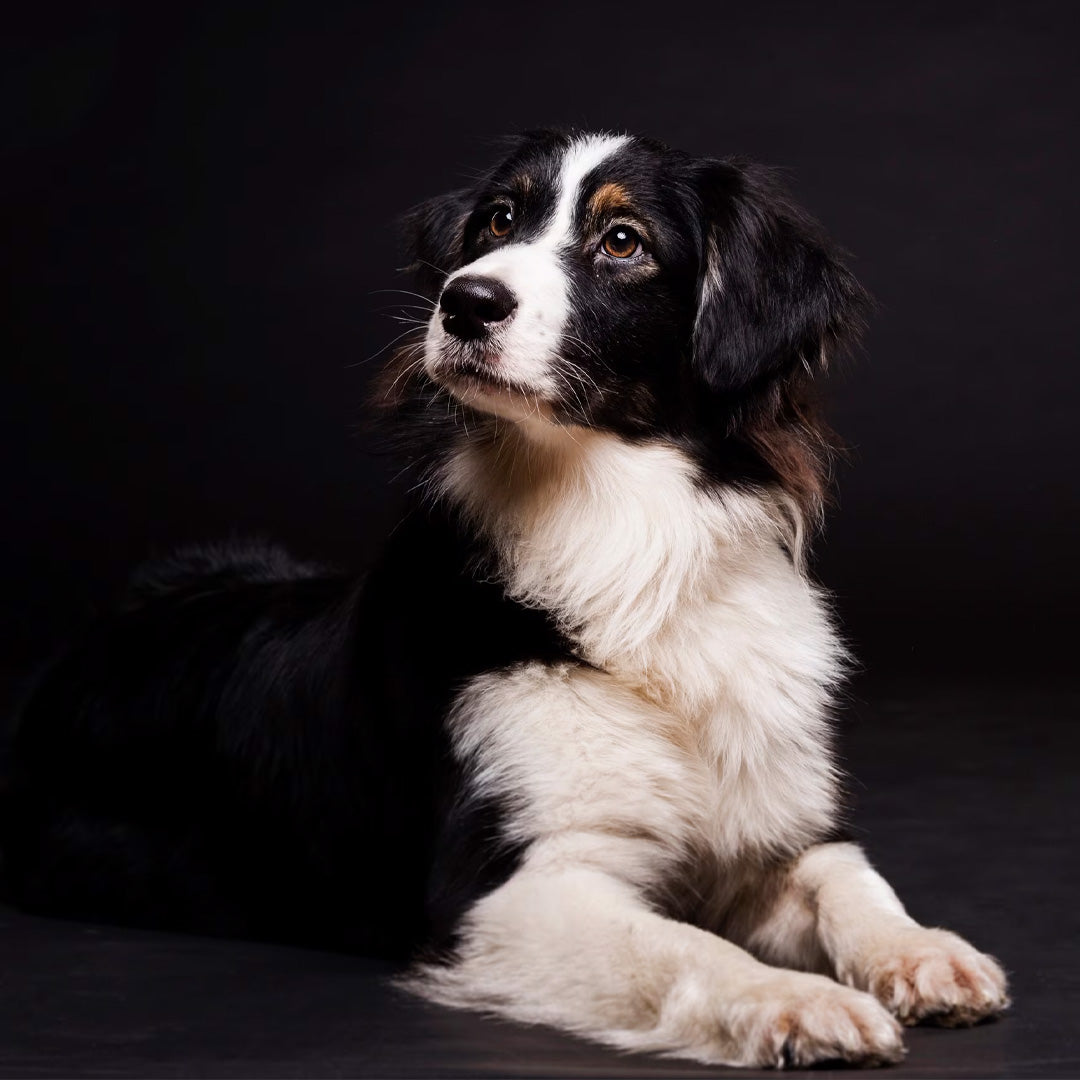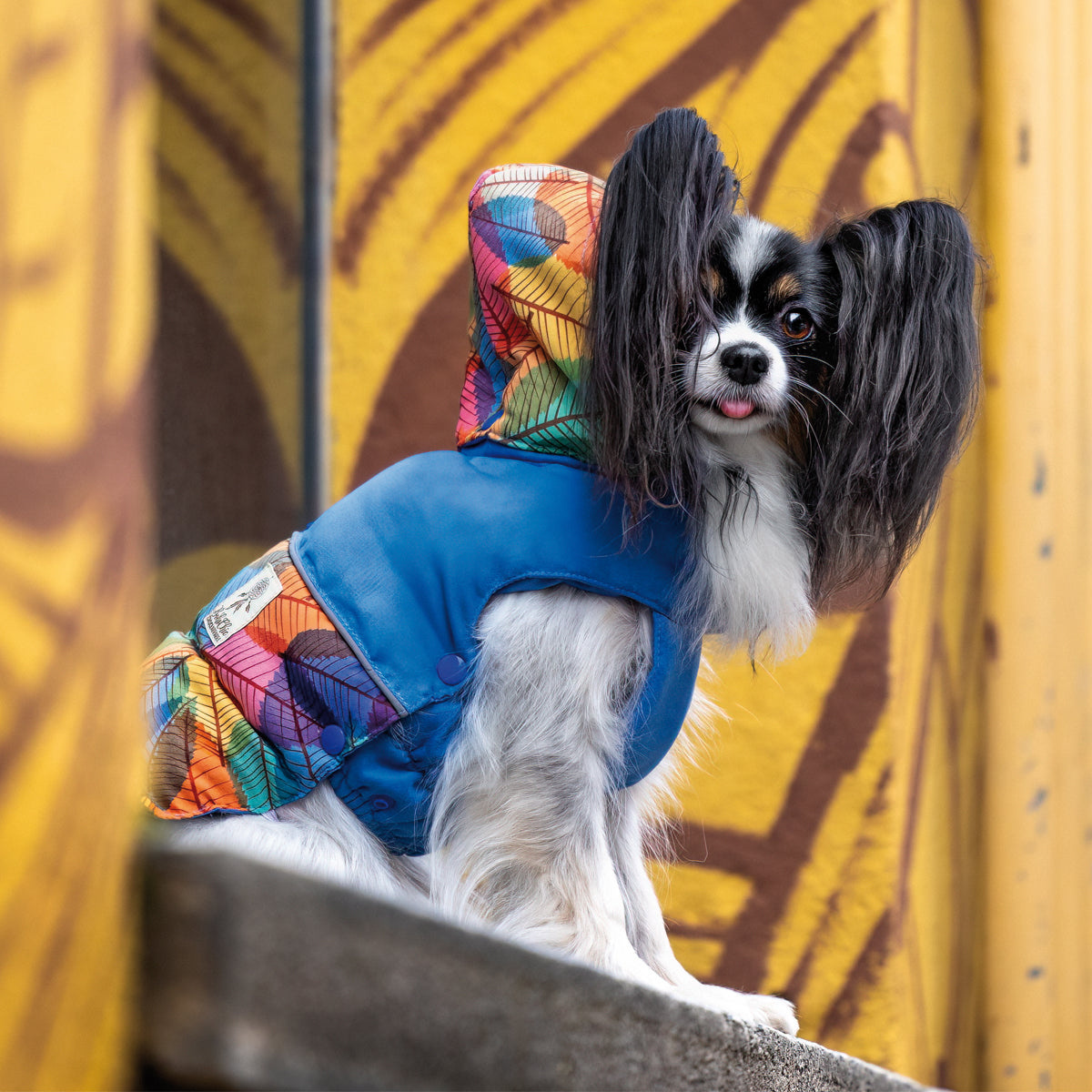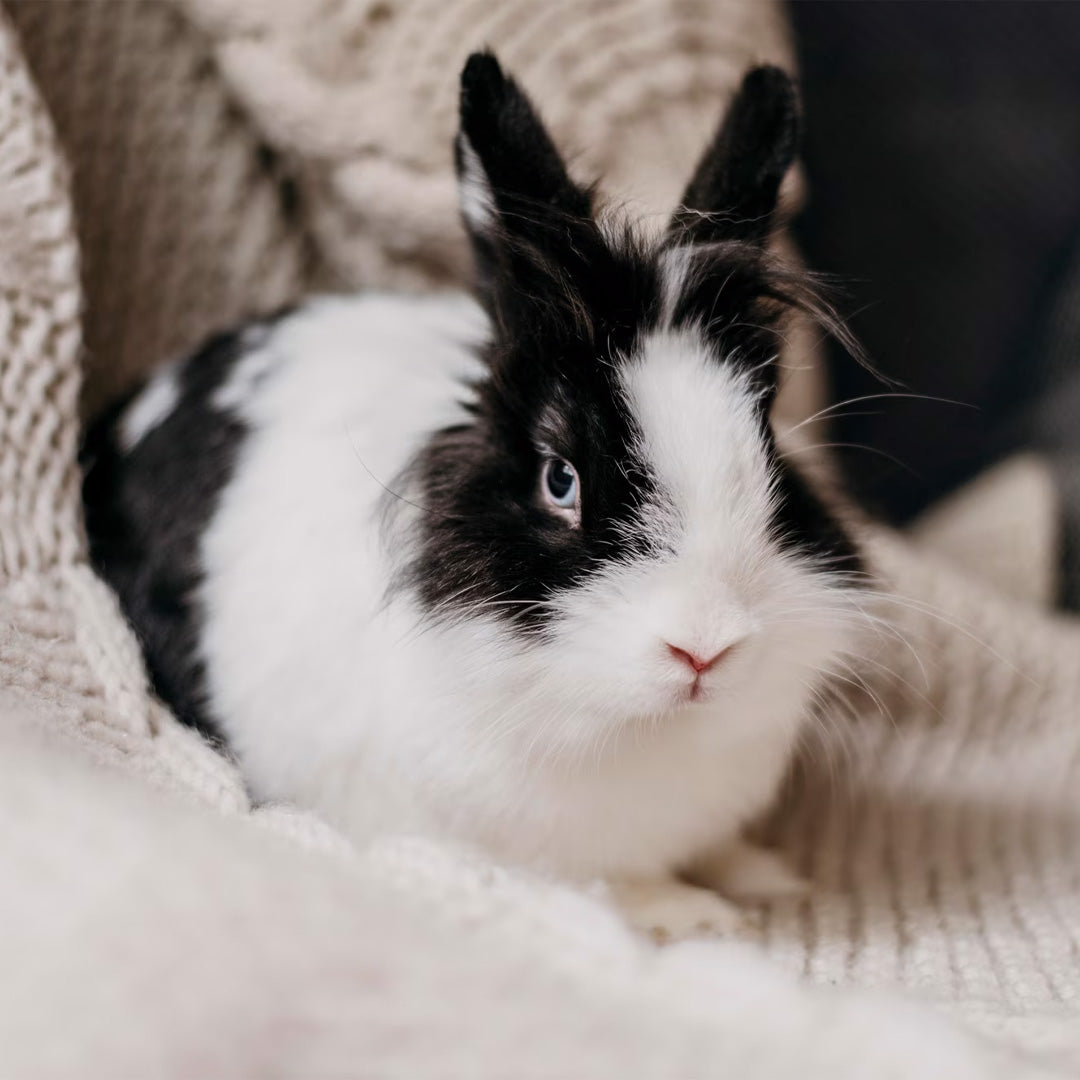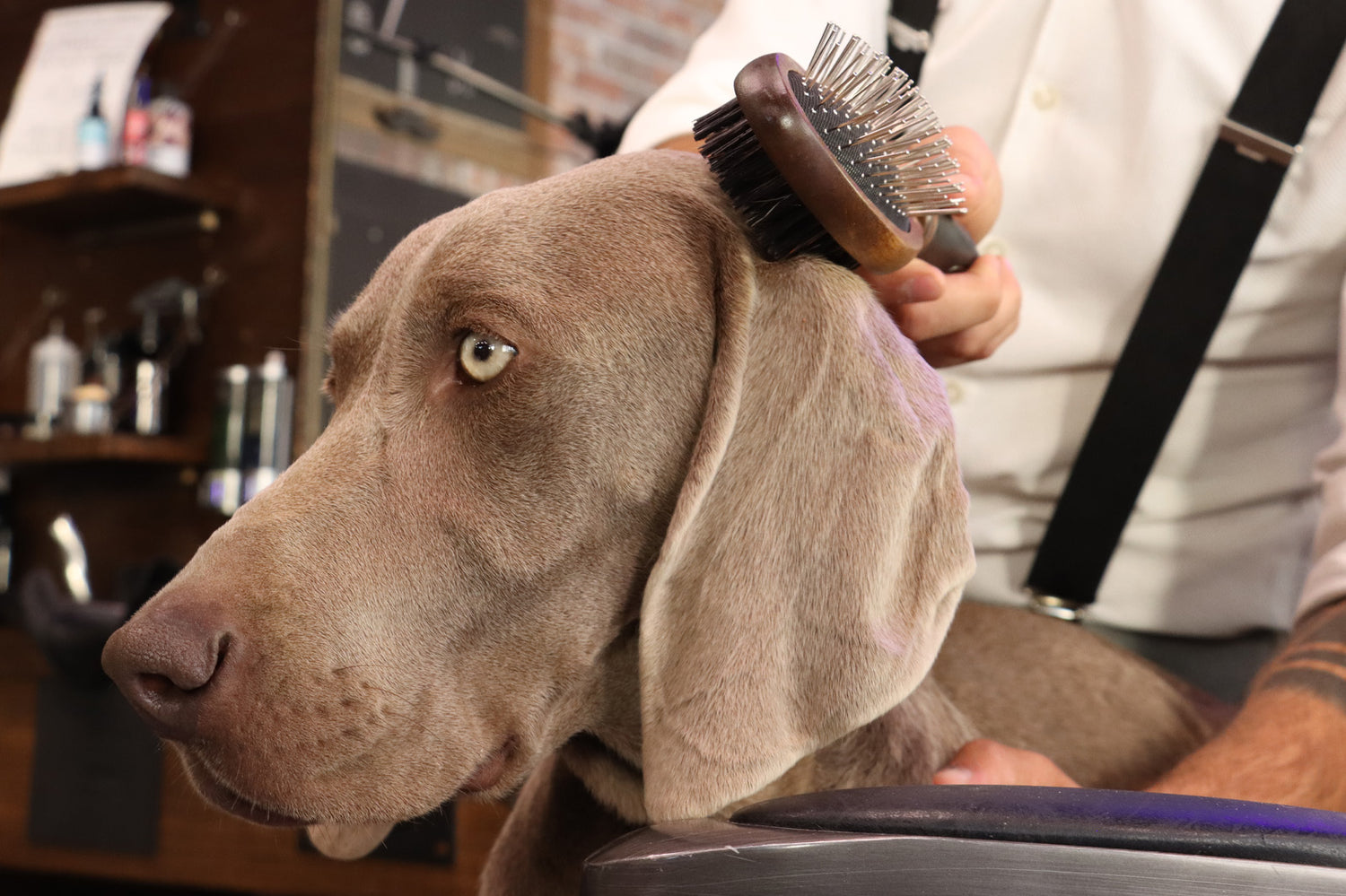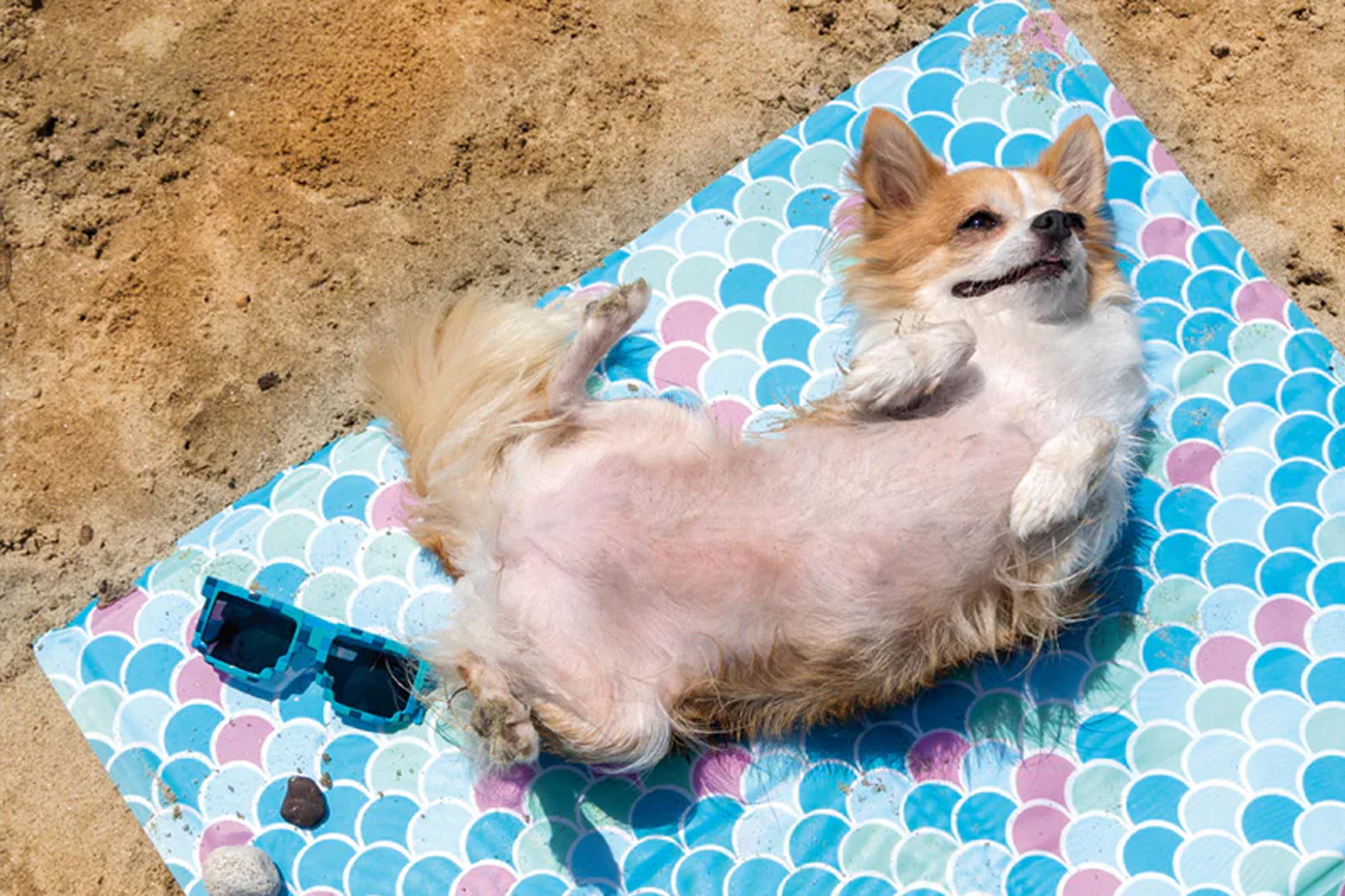It may seem strange to many, but brushing your dog with a professional dog brush is not just an aesthetic activity, it is rather a fundamental moment in your pet's routine. Brushing your pet's coat with a professional dog brush allows you to have more details about its health: in fact, the condition of the hair very often coincides with its psycho-physical health.
There are brushes for short-haired dogs and long-haired dogs on the market, but also a huge amount of accessories dedicated to their beauty routine. If you feel confused by all these products and have wondered how to choose the model of dog brush best suited to the coat of your four-legged friend, this is the right article for you.
In the past we have already talked about how to best groom your pet at home in 3 simple steps , in this article you will find a practical guide on how to choose the perfect dog brush for him.

Which dog brush to choose? Based on the type of hair
Dog brushes available on the market are not all the same, each model adapts to different needs and types of hair. Let's see in detail which brushes to use based on the type of hair of your pet.
Brushes for long-haired and undercoat dogs
Long-haired dogs need a lot of care; in fact, if your puppy has very long and thick fur or has an undercoat, daily brushing will be necessary using professional dog brushes specifically designed to treat this type of fur. The most functional are the carder and rake comb. These two brushes for long-haired dogs are ideal for detangling, polishing and removing excess hair.
Dog undercoat brush with rake: essential for moulting periodsRemoving your dog's undercoat is a fundamental practice during the moulting period to allow your puppy's skin to breathe and oxygenate, and then grow back healthy and thick. The Barbershop rake dog comb has been designed to eliminate excess undercoat in a simple, fast and above all painless way thanks to the rounded tips that allow the thinning of even the thickest coats.
CarderThe carder, thanks to its special long and fine steel teeth, but with a rounded tip, has a greater detangling action than normal brushes. It can work even the most knotted coat and is ideal for daily use by preventing the formation of tangles or knots in the dog's fur. For dogs with undercoats in the moulting period, it is recommended to act first with the rake brush, designed to eliminate all the excess undercoat and then finish the fur with the dog carder.
If we do not have particular experience with the tool, it is advisable to card one lock at a time, always following the direction of the hair. It is essential to always choose a carder with rounded tips.
These brushes are suitable for all dogs that have a type of hair that tends to knot or tangle such as Shizu, Poodle and Maltese, but can be used as a support tool for professional grooming for all dogs that have an undercoat and are going through the moulting period. For example, German Shepherd, Border Collie, Australian Shepherd, Siberian Husky and Malamute.

Brushes for short-haired dogs
Dog brushes with soft bristles are the ideal product to use on short-haired dogs. The presence of soft bristles, however, does not guarantee a deep detangling of the coat and does not remove excess hair, but it can be an excellent ally for finishing or for daily use. For this reason, we recommend our double brush for dogs : on one side it is equipped with dense metal teeth that are able to delicately remove knots and excess hair and on the other side with soft bristles to finish and polish the coat.
How to brush your dog with this accessory?
The brush for short-haired dogs must be used first following the natural direction of the hair and then gently against the grain in order to remove dead cells and perform a massage that will activate blood circulation.
Another useful product for this type of coat is definitely the glove , an accessory suitable for all those dogs that hate being brushed, thanks to its soft rubber it will provide a cuddle to your pet by delicately and easily removing all the excess hair. A product that combines the useful with the pleasant.
How much should you brush your dog?
The frequency of brushing depends greatly on the breed and type of coat; for this reason, long-haired dogs require daily brushing, while for short-haired dogs a couple of times a week may be sufficient, more often during the moulting period.
